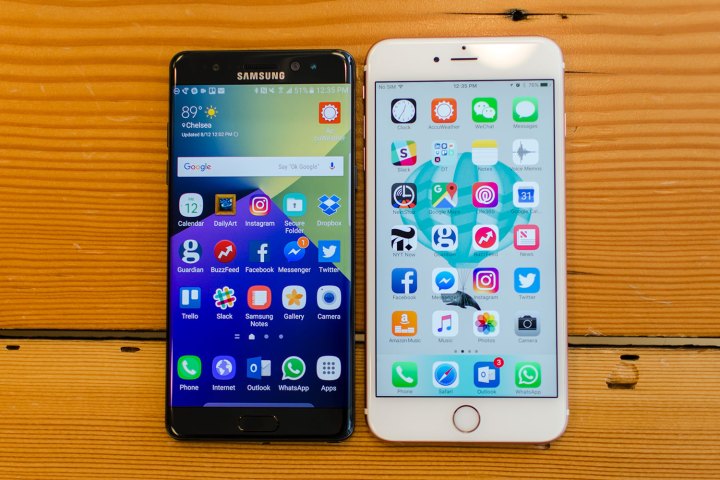
Blancco defines “failure” in the context of this study as “devices that had excessive performance issues that could not be resolved.” When breaking out the data over individual iPhone models, the iPhone 6 is found to be the least dependable across every quarter.
The survey speculates the iPhone 6’s issues may have been exacerbated by the iOS 9.3.1, 9.3.2, 10, and 10.2 updates released between April and December of last year, which reportedly caused issues such as general slow down, quicker battery drain, random crashes, spotty Wi-Fi connectivity, and poor Bluetooth call quality. At worst, some devices were bricked after being updated.
According to the data, newer iPhones aren’t entirely without their faults, either. During the most recent quarter, the iPhone 6 was followed immediately by the 6S claiming the second-highest failure rate, and the iPhone 7 took the sixth spot behind the 6 Plus and 6S Plus.
Conversely, Android devices appear to have come a long way, according to Blancco’s findings. Failure rate took a massive dive between the fourth quarter of 2015 and the second quarter of 2016, dropping from 85 percent to 35 percent, before climbing slightly and stabilizing at 47 percent.
Samsung devices top the Android failure charts every quarter, most likely due to the fact that Samsung far and away claims the most market share of any phone manufacturer running Google’s operating system. Based on Blancco’s data, the company’s products accounted for roughly 88 percent of all
While the report notes Android smartphones “performed considerably better” in contrast to their counterparts running iOS, it does entertain the possibility that the discrepancy might be at least partially the result of a difference between the two communities of users. Blancco says
Finally, the study concludes with an analysis of the specific issues that plague most iPhones and Android devices. App crashing was listed as the No. 1 culprit for most Apple customers, with Instagram and Snapchat noted as the worst offenders.
Although app crashing didn’t top Android users’ list of concerns, Google Play Services was found to be particularly troublesome. Not very surprising, considering Google Play Services provides essential support to a large number of apps and processes on all
Blancco says its report is based on anonymous data collected from millions of mobile phones around the world brought to manufacturers and carriers for diagnostics testing.
Editors' Recommendations
- Nomad’s new iPhone case and Apple Watch band may be its coolest yet
- iPhone 16: news, rumored price, release date, and more
- iPhone SE 4: news, rumored price, release date, and more
- Here’s how Apple could change your iPhone forever
- There’s a big problem with the iPhone’s Photos app



